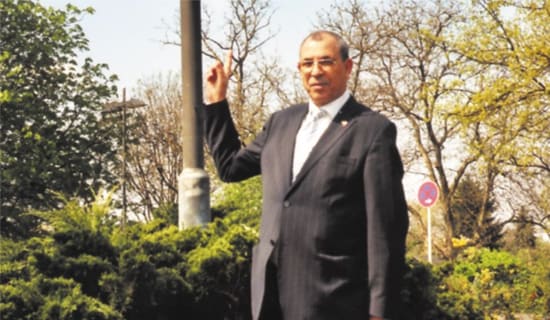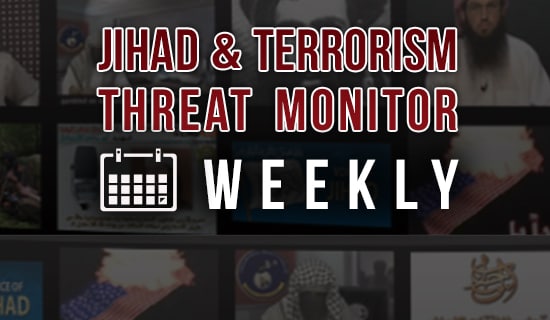This week MEMRI is launching its South Asia Studies Project. Be sure to visit the South Asia Studies Project daily at http://www.memri.org/sasp.
This paper seeks to identify the top jihadist commanders of the Taliban, Al-Qaeda, and other Sunni terrorist organizations in Pakistan who remain free despite the security operations conducted by the Pakistani military in recent years.
On September 1, 2010, the U.S. Department of State designated Tehreek-e-Taliban Pakistan (TTP, or the Movement of Pakistani Taliban) as a Foreign Terrorist Organization (FTO), and declared Hakimullah Mehsud, the Emir of TTP, and his deputy Waliur Rehman as Specially Designated Global Terrorists. A reward of $5 million each was also announced for information leading to the location of the two terrorist commanders.
The decision came within a month of the U.S. Department of State declaring Harkat ul-Jihad al-Islami (HuJI) as an FTO and its commander, Mohammad Ilyas Kashmiri, as a Specially Designated Global Terrorist. On August 6, the United Nations also listed Mohammad Ilyas Kashmiri as a global terrorist for "being associated with" Al-Qaeda, Osama bin Laden, or the Taliban, and for “participating in the financing, planning, facilitating, preparing or perpetrating of acts or activities by, in conjunction with, under the name of, on behalf [of], or in support of” Al-Qaeda.
Like Hakimullah Mehsud and other TTP commanders, Mohammad Ilyas Kashmiri is also believed to be based in the Pakistani tribal region of Waziristan. Kashmiri heads the Brigade 313, an operational unit of Al-Qaeda. In a sign of undeniable cooperation between the TTP and Al-Qaeda, Pakistani media reports indicated that the December 31, 2009, suicide attack on the CIA's forward base in Afghanistan's Khost province was planned by Ilyas Kashmiri, Hakimullah Mehsud, and other jihadist commanders based in the Pakistani tribal region. A video that emerged later showed Humam Al-Balawi, who carried out the Khost attack, sitting alongside Hakimullah Mehsud while recording his reasons for carrying out the suicide bombing.
Now, the operational relationships between the Taliban, Al-Qaeda, HuJi, and other Sunni jihadist organizations are so linked that it is impossible to delineate true differences between these groups. The Taliban are united under the leadership of Mullah Mohammad Omar, Emir of the Islamic Emirate of Afghanistan (the Taliban's shadow government in Afghanistan). Though the Afghan Taliban are currently focused on their goal to drive out the U.S. and NATO troops from Afghanistan, their relationships with the Pakistani Taliban are inalienable. The Pakistani Taliban are united under the banner of Tehreek-e-Taliban Pakistan (TTP), but consider Mullah Omar as their Emir.
After the 2001 U.S. invasion of Afghanistan, a large number of the Taliban and Al-Qaeda militants returned to their familiar bases in South Waziristan, where they were commanded by Nek Mohammad. However, after the killing of Nek Mohammad in mid-2004 in a U.S. missile attack, the militants were leaderless.
In December 2007, Baitullah Mehsud established the Tehreek-e-Taliban Pakistan to organize the militants in South Waziristan. The TTP soon emerged as a loose confederation of a number of militant groups based in Pakistan's Federally Administered Tribal Areas (FATAs), which are situated along the Afghan border. Haroon Rashid, a senior Pakistani journalist who has reported developments in the Pakistani tribal region over several decades, noted in August 2009 that "unlike the other Taliban commanders such as Hafiz Gul Bahadur and Maulvi Nazir Ahmad, Baitullah Mehsud's objectives were not limited to establishing Islamic Shari'a within South Waziristan and the tribal region; rather Baitullah Mehsud wanted the enforcement of Islamic Shari'a in Pakistan and across the entire world, and had indeed begun planning and was prepared to take bigger risks." ...
The full text of this post is available to subscribers.
Please login or register to request subscription information from MEMRI








